Kyoto Fall Foliage 2025: The 12 Best Spots for Autumn Colors

Autumn is one of the best times to visit Kyoto. This list features 12 temples and shrines with beautiful fall foliage that is lit up at night: Toji, Kodaiji, Tofukuji, and more.
See Kyoto's Beautiful Fall Foliage

2025 fall foliage map based on information from Weathernews
In late autumn, during the fall foliage season, Kyoto's temples and shrines hold light-up events and festivals, creating a spectacular sight.
The best time to see the brilliant gold and crimson leaves in Kyoto is between early November and early December. Read on to learn about 12 famous fall foliage spots in Kyoto.
Top 12 Fall Foliage Spots in Kyoto 2025
1. Kitano Tenmangu Shrine
2. Kodaiji Temple
3. Kifune Shrine
4. Eikando Temple
5. Tofukuji Temple
6. Chion-in Temple
7. Kyoto Gyoen National Garden
8. Hakuryuen Garden
9. Rurikoin Temple
10. Arashiyama and Sagano
11. Philosopher’s Path
12. Toji Temple: Five-Story Pagoda and Light-Ups
Map of Kyoto's Fall Foliage Spots
1. Kitano Tenmangu Shrine: Fall Foliage Garden with Arched Bridge

Picture courtesy of Kitano Tenmangu Shrine
Kitano Tenmangu Shrine is where Sugawara-no-Michizane, the god of learning, is enshrined. It is the headquarters of the Tenmangu shrines in Japan, of which there are more than 12,000. People studying for tests or getting ready to take licensing certification exams often come here to pray for success.
The shrine is considered a sacred spot for those seeking academic achievements.

Photo by Pixta
Be sure to see Momiji-en, where rows of around 350 maple trees run alongside the river. They were planted by feudal lord Hideyoshi Toyotomi (1537-1598, *1) in concordance with an earthworks project, which was built in 1591.
From the special observatory, you can get a complete view of the compound. From the vermilion-lacquered Uguisubashi Bridge, a designated national treasure, the scenery is even more stunning. We also recommend going to Baikoken to enjoy wagashi (Japanese sweets) and tea while you gaze out at the foliage.
The surrounding area has a footpath, as well. Once the maple leaves begin to change color, this area is illuminated in the evening.
Best Viewing Time
Momiji-en is open from late October through early December. There is an illumination held each night from mid-November to early December.
*1: Hideyoshi Toyotomi, a famous shogun who was active during the Sengoku period, ascended from commoner status and unified the nation.
Hotels near Kitano Tenmangu Shrine
2. Kodaiji Temple: Stunning Fall Foliage Light-ups!

Picture courtesy of Kodaiji Temple
Kodaiji Temple is popular for its seasonal illumination events. In particular, Karyochi Pond, located inside the temple compound, reflects the foliage like a mirror. The effect is so hypnotizing, it may cause you to lose track of time as you gaze into it!
Near Kodaiji is Kyoto’s oldest Zen temple, Kenninji Temple. You can get a great view of the beautiful leaves here, so we recommend visiting both.
Best Viewing Time
The evening light-up is usually held from mid-October to early December.
Hotels near Kodaiji Temple
3. Kifune Shrine: Lanterns and Fall Foliage in Kyoto's Mountains

Picture courtesy of Kifune Shrine ©Yasuhiro Imamiya
Kifune Shrine, home to the god of water, has long been revered by people in Kyoto as the shrine that protects the prefecture’s water sources. The shrine is also very popular for its connection to luck in relationships.
A sightseeing highlight is the vermilion toro (lanterns) along the shrine road. The combination of fall foliage and light from the lamps envelops visitors in a warm, golden glow.
Best Viewing Time
The shrine is usually illuminated from early to late November, creating a truly magical atmosphere that encompasses the grounds.
4. Eikando Temple: Garden with Stone Arched-Bridges

Picture courtesy of Eikando
Eikando Temple has long been called Eikando of the Maple Leaves. The temple is so renowned that it was written about in the first anthology of Japanese poetry ever created, in the Heian period (794-1185).
The roughly 3,000 maple trees paint the spacious temple grounds in brilliant reds and golds each autumn. This is the only place where you can see maple trees together with natural stone walls; the trees have been planted on the steep slopes near the temple hall and galleries.
Best Viewing Time
The temple is lit up at night from early November to early December, showing visitors a different side that can’t be seen during the day.
Hotels near Eikando (Zenrinji Temple)
5. Tofukuji Temple: Garden Bridge with Splendid Views

Picture courtesy of Tofukuji Temple
Tofukuji Temple features Kyoto's largest temple edifice. In the autumn, the temple's 2,000 Japanese maple trees make for a spectacular sight. The view from the Tsutenkyo bridge, which connects the main temple and the Kaizando temple building, is stunning. Every fall, the temple bustles with many visitors who come for this view.
Every Sunday from 6:30 am, there is a zazen meditation meeting held at Tofukuji. After meditation, you can also see the fall leaves in the morning.
Best Viewing Time
The foliage at Tofukuji Temple can usually be enjoyed from mid-November to early December.
Hotels near Enichizan Tofukuzenji Temple
6. Chion-in Temple

Picture courtesy of Chion-in Temple
Chion-in Temple is the head temple of the Jodo Buddhist sect in Japan. It is home to many important cultural assets, including Sanmon Gate, the largest two-story wooden gate in Japan, and Mieido, which enshrines the saint Honen, founder of Jodo Buddhism.
Chion-in Temple is also famous for the enormous size of its bell, which is rung on New Year’s Eve. Standing 3.3 meters tall and weighing about 70 tons, the bell needs 17 monks to ring it.
For foliage, we suggest visiting Yuzen-en Garden and Hojo Garden on the east side of the Sanmon Gate. The sight of changing leaves encircling the ponds is simply beautiful. There is also an evening light-up event where visitors can enjoy the temple enveloped in a magical evening atmosphere.
Best Viewing Time
Chion-in Temple is usually lit up from the beginning of November until the beginning of December.
Hotels near Chion-in Temple
7. Kyoto Gyoen National Garden
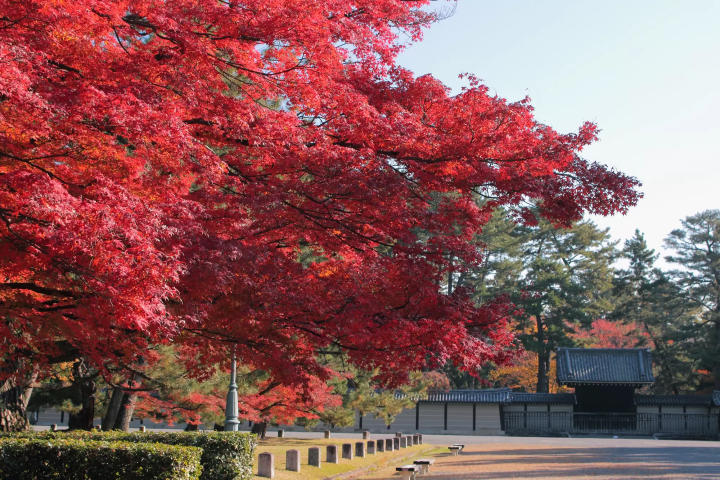
Photo by Pixta
Kyoto Gyoen, with its 65-hectare area, is one of the most popular parks in Kyoto. Historically a residential area with rows of estates during the Edo period (1603-1868), many of the mansions and gardens from that era are still intact, spreading their tasteful aesthetic vibe throughout the area.
There are many trees here that are over a century old and, in the fall, the Japanese zelkova and ginkgo trees turn brilliant colors. Go at your own pace and enjoy the foliage inside the vast park to your heart’s content.
Best Viewing Time
The fall foliage at Kyoto Gyoen is best enjoyed from late November to mid-December.
Hotels near Kyoto Imperial Palace
8. Hakuryuen Garden

Hakuryuen, open only for specific times on a reservation basis, allows only 100 visitors a day, and is a very special place to view the fall foliage in Kyoto.
The gorgeous moss that extends throughout the garden combines with the autumn leaves stunningly. Tickets go on sale at Eizan Demachiyanagi Station starting at 9:00 in the morning. A lot of people line up in advance of the start time, so we suggest going early.
Best Viewing Time
The ideal time to visit Hakuryuen is around mid-November to late November.
9. Rurikoin Temple: Fall Foliage Reflections

Rurikoin Temple is home to the stunning Ruri Garden, with an amazing carpet of moss, and Garyu Garden, in a shape representing a dragon soaring to the heavens. You can enjoy the gardens from a variety of perspectives as you gaze down from the study.
On the second floor, the leaves reflected in the glossy black floor are particularly beautiful, resembling a painting. Rurikoin is open for viewing starting October 1.
Best Viewing Time
The foliage at Rurikoin is best enjoyed around mid-November to late November.
Hotels near Rurikoin Temple
10. Arashiyama and the Sagano Romantic Train

Picture courtesy of (c)Kyoto City Media Support Center
Arashiyama is a popular destination year-round, with blossoming cherry trees in the spring and new green leaves in summer. The autumn scenery here is just as beautiful, and the area is filled with places to see the fall foliage.
Togetsukyo Bridge is especially stunning with the mountains in the background, and World Heritage site Tenryuji Temple has picturesque trees surrounding its 12-meter pagoda.
Traveling around on the Sagano Romantic Train to see the foliage is another activity that you shouldn't miss. Be sure to visit Arashiyama when you come to Kyoto!
Best Viewing Time
Visit Arashiyama between mid-November and early December to get the full impact of the fall colors.
Hotels near Saga-Arashiyama Station
11. Philosopher's Path

Picture courtesy of Kyoto City Media Support Center
The 1.5-kilometer Philosopher’s Path goes from Ginkakuji Temple and runs in the direction of Eikando and Nanzenji Temples. There are canals (*4) along the road, and when autumn approaches, the trees beside them turn brilliant colors.
Once the height of the fall foliage season is over, the red and gold leaves have formed a carpet on the road, creating an inviting path for strolling. When you visit the surrounding temples make sure to take in the scenery with a peaceful walk.
Best Viewing Time
Take a stroll down the Philosopher's Path between mid-November and late November.
12. Toji Temple: Five-Story Pagoda and Light-ups

Photo by Pixta
Toji Temple has been designated a UNESCO World Heritage Site in 1994 as part of the Historic Monuments of Ancient Kyoto. This temple is particularly famous for its five-storied pagoda, the tallest in Japan, and for its connection to Kukai (774-835), a Buddhist monk who played a central role in spreading Buddhism in Japan.
The temple complex consists of various structures, including a garden with a pond.
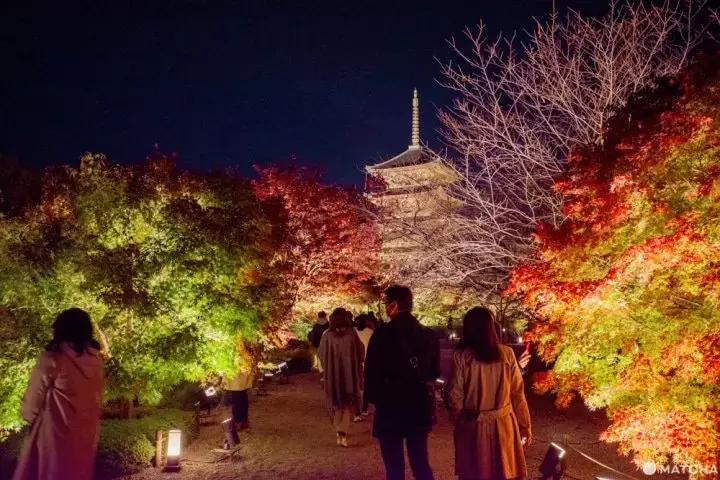
From around the beginning of November to early December, the fall foliage in the garden is lit up in the evenings from 17:15 to 21:30. During this special time of the year, the garden can be accessed until 21:00. We suggest visiting on a weekday to avoid the crowds and enjoy the foliage at leisure.
Toji Temple can be accessed in about 15 minutes on foot from Kyoto Station, or in about 8 minutes from Toji Station on the subway line.
Best Viewing Time
Early November to early December.
Hotels near Toji Temple
Kyoto's Fall Foliage Spots on the Map
The image below shows the location of the spots featured above on Kyoto's map. Please note that this graphic is only for orientation purposes; while the spots may look close to each other, the real distances between them are quite large so please consult a map to calculate how long it would take to go from one place to another.

Toji Temple, listed above at number 12, is located about 1 km south of Kyoto Station and reachable in about 15 minutes on foot.
FAQ
When can you see fall colors in Kyoto?
Fall colors, known as "koyo" in Japanese, typically reach their peak in Kyoto around late November to early December. The exact timing can vary slightly each year depending on weather conditions, but this period is generally when you can witness the stunning autumn foliage in full bloom throughout Kyoto's numerous temples, gardens, and parks. The city's vibrant red, orange, and yellow leaves create a breathtaking backdrop against its historic buildings, making it a popular time for tourists to visit and experience the beauty of the Japanese autumn season. If you plan to see the fall colors in Kyoto, it's advisable to check updated forecasts and information closer to your visit to ensure you catch nature's colorful display at its best.
What week is best for fall foliage in Kyoto?
The peak of fall foliage in Kyoto typically occurs around mid to late November. During this time, the vibrant colors of the autumn leaves reach their most brilliant hues, turning the city into a picturesque destination for leaf-peeping and cultural exploration. To catch the best fall foliage in Kyoto, it is advisable to plan your visit during the second or third week of November, as this period often offers ideal conditions for experiencing the stunning autumn scenery that the city is renowned for. Keep in mind that exact timing can vary each year based on weather conditions, so checking updated forecasts and reports closer to your intended visit date can help you ensure that you witness the autumn colors at their peak beauty.
What is the best time to visit Kyoto?
Determining the best time to visit Kyoto involves considering personal preferences and desired experiences. Late March to early April presents an idyllic spectacle of cherry blossoms in full bloom, making it the prime period to witness Kyoto adorned in sakura beauty. For those captivated by the vibrant hues of autumn foliage, mid to late November offers the ideal opportunity to explore Kyoto's temples, gardens, and parks ablaze with reds, oranges, and yellows during the koyo season. To navigate the city at a leisurely pace with fewer crowds, targeting shoulder seasons like early spring (March), late spring (late April to early May), or late autumn (late November) can provide a more tranquil experience, further enhanced by weekday visits over weekends. Cultural enthusiasts can delve into Kyoto's rich heritage by attending traditional festivals such as Gion Matsuri in July and Jidai Matsuri in October. Whether seeking floral splendor, cultural immersion, or mild weather conditions, tailoring your visit to Kyoto based on these considerations ensures a fulfilling and captivating exploration of this historic city.
How is Kyoto in October?
October in Kyoto brings delightful weather conditions, marking the shift from summer's warmth to the cooler temperatures of autumn. With average high temperatures ranging from 20 to 25 degrees Celsius and lows between 14 to 18 degrees Celsius, visitors can expect comfortable conditions for outdoor exploration and sightseeing. The month typically features clear skies and lower humidity than summer, creating an ideal backdrop for enjoying Kyoto's cultural treasures and natural beauty. As fall sets in, the foliage begins to transition, offering glimpses of red, orange, and yellow hues that enhance the picturesque landscapes of temples, gardens, and parks. While October is a popular time to visit Kyoto, drawing crowds eager to witness the autumn foliage, strategic planning and reservations can ensure a rewarding experience amidst the city's vibrant seasonal transformation.
Is Kyoto cooler than Tokyo?
Kyoto is generally cooler than Tokyo, especially during the summer months when temperatures tend to be slightly lower in Kyoto compared to Tokyo due to Kyoto's inland location and higher elevation. The temperature difference between the two cities is not typically significant, but Kyoto's climate is often described as more continental compared to Tokyo's coastal climate.
In the fall and winter seasons, Kyoto can experience colder temperatures than Tokyo, with potentially more pronounced differences in the evenings and mornings. Additionally, Kyoto's climate is often characterized by drier conditions compared to Tokyo, which can influence the perceived temperature and overall weather experience in each city.
Take in Kyoto's Beautiful Fall Season
Kyoto boasts numerous places where visitors can enjoy the fall foliage, attracting many tourists at this time of year. To avoid the rush, we suggest visiting famous locations early in the morning and spending the rest of the day at lesser-known spots. We hope you enjoy autumn in Kyoto!
Read also
Main image by Pixta
This is the official account of MATCHA's editorial department. Our articles feature useful travel information for visitors to Japan, from how-to guides to recommended places to visit.











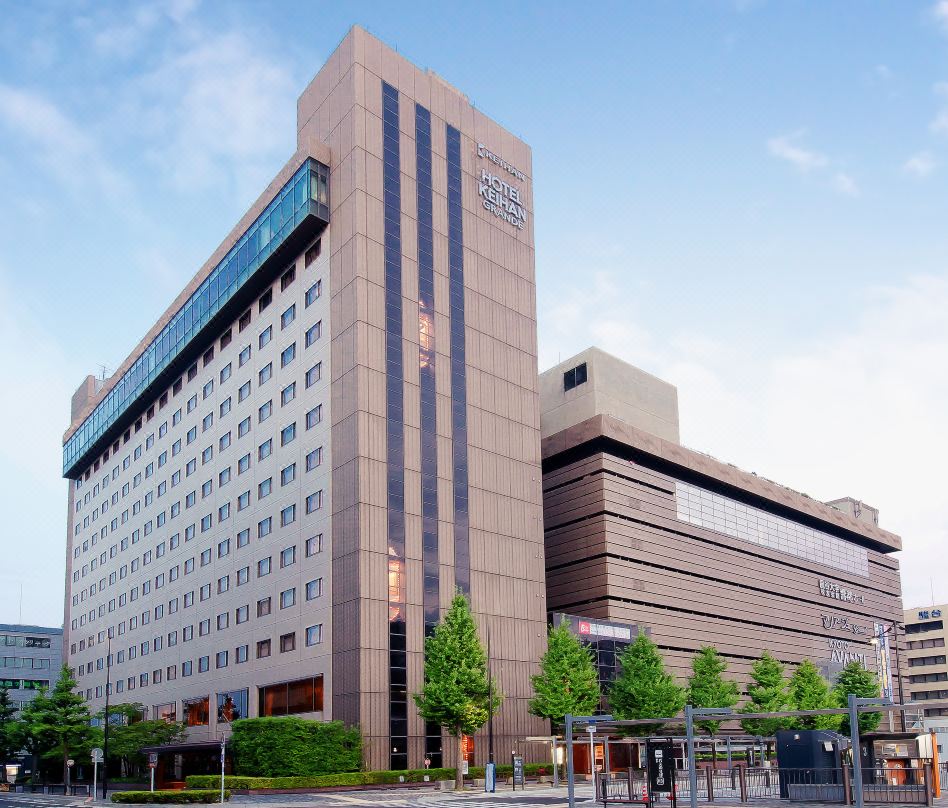







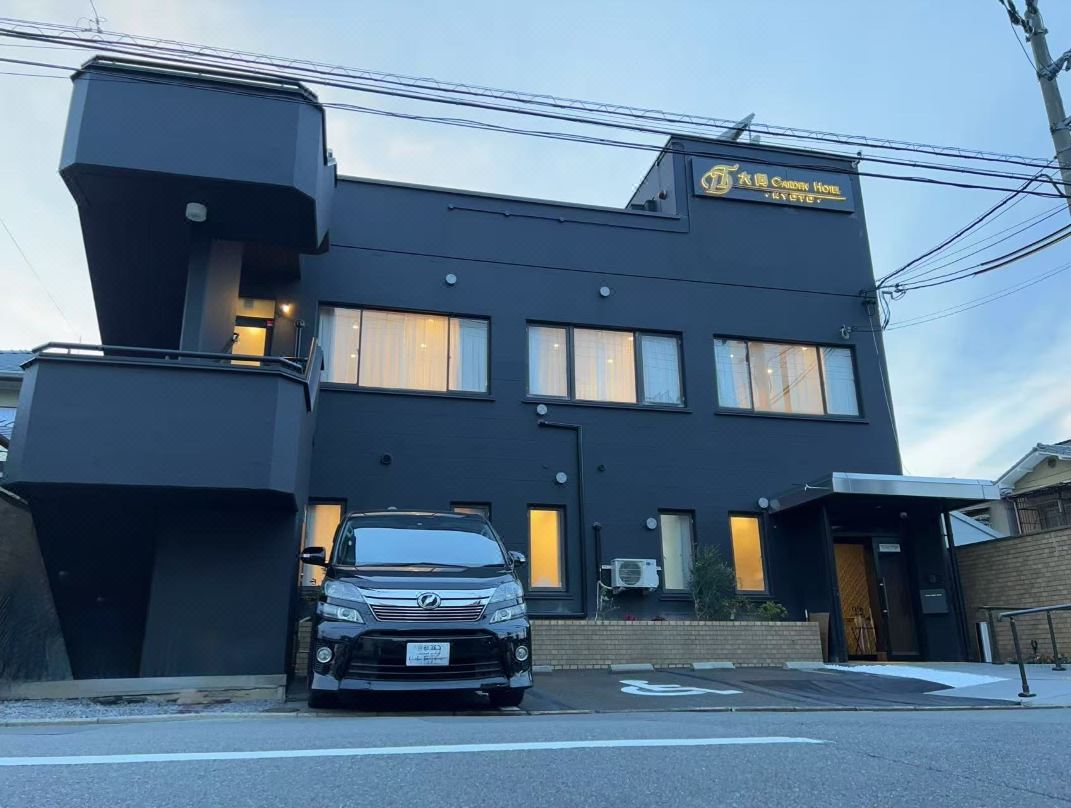






















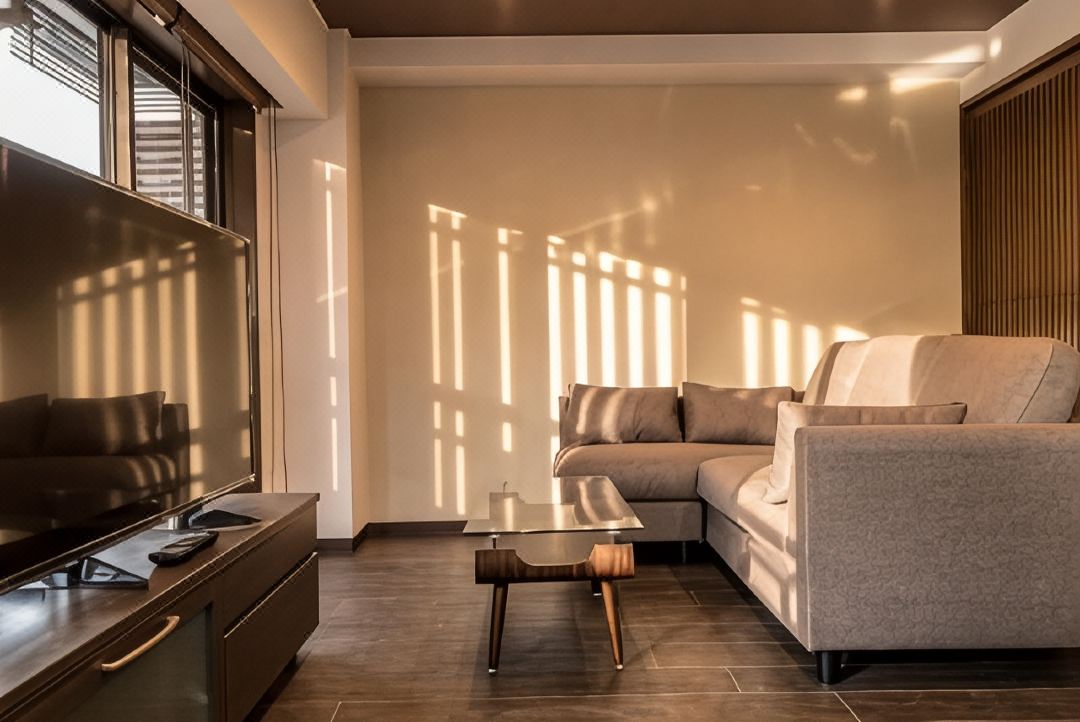














































![[Coupon Available] Attention Overseas Winter Sports Fans! Nagano's Sports Depot Has Evolved](https://resources.matcha-jp.com/resize/720x2000/2026/01/05-254819.webp)
![[2 hours from Tokyo ] 10 Quiet and Breathtaking Views of Mount Fuji in Yamanashi Hokuto City , Yamanashi - Part 2](https://resources.matcha-jp.com/resize/720x2000/2025/12/16-253037.webp)